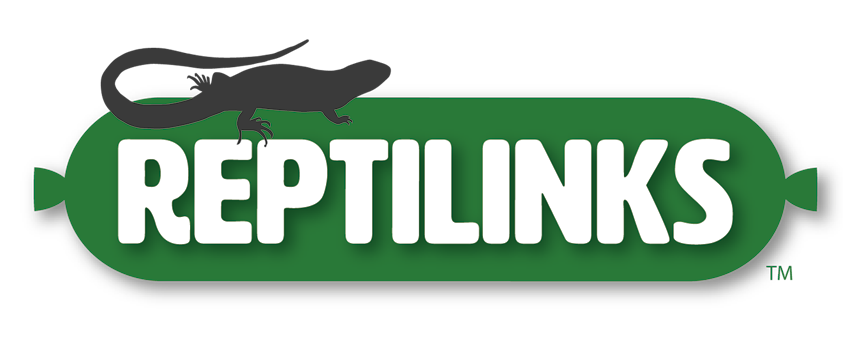By Mike Stapley
We’ve all encountered the naysayers who, without any direct knowledge of Reptilinks, accuse those who use them of not providing adequate nutrition for our reptiles. One of the most frequent claims made by the skeptics is that Reptilinks aren’t “natural” and that it is best to provide snakes and other reptiles with diets closely matching their natural wild diet. Particularly for snakes, this claim is dubious at best.
For starters, the exclusive rodent diet most captive snakes enjoy does not mimic the realities of life in the wild. The assumption that Reptilinks are not a suitable diet assumes, to begin with, that an all rodent diet is ideal for most captive species. Of course snakes do well on rodents alone but isn’t one of the goals of captive hobbyists and breeders to provide for their snakes in a way that’s better than “good enough”? Shouldn’t all snake owners and breeders want their young snakes to eat right away and thrive? Let’s look at a just a few common captive species to dispel the myth that only rodents can provide a suitable diet.
Kingsnakes get their very name, in part, because of their varied natural diet. They will eat most anything in the wild they can catch including birds, eggs, rodents, reptiles, amphibians and fish. Many experts believe rodents make up the smallest percentage of a wild King’s natural diet. Hognose snakes are becoming much more popular and they are notorious for being picky eaters when young. Perhaps it is because their natural diet consists of mostly small frogs and toads.
Hognose snakes can obtain a better start in life by eating more enthusiastically from day one. Not only do frog and anole Reptilinks provide the ability to feed Hoggies in a way that more naturally matches their first cravings but all young snakes benefit from eating adult prey which are more nutritionally complete and calorie dense compared to the traditional pinky mouse.
Green Tree Pythons and Emerald Tree Boas are unique in the sense that their wild diet is the stuff of fierce debate. Many experts believe their wild diet may even change drastically as older snakes venture further toward the ground than their young. Birds, eggs, reptiles, amphibians and rodents may all come into play for these snakes during their lifetime. Chicks are an absolute favorite meal of my adult male GTP yet I’ve been scolded by fellow hobbyists and breeders for using both rabbit/frog links and spring chicks.
Two final points. First, the idea that rabbit links are an unnatural prey source for most snakes is based on size, not desire or nutrition. Any snake of any size would gladly eat a rabbit in the wild, and benefit nutritionally from the experience, if capable of doing so. Lastly, the idea that ground prey is unnatural for snakes is countered by recent university studies that have shown Pythons digested both ground and cooked prey more easily and absorbed greater nutrition from said meals compared to whole animals. Any of us that have seen first-hand the difference in link fed snake’s feces compared to rodent fed snake’s feces can attest to this without scientific study. While Reptilinks are easy to dismiss and seem unnatural to some the advantages are clear. Reptilinks actually provide a greater ability to match varied wild diets than rodents alone and provide young snakes a clear life advantage when feeding on ground adult prey they couldn’t otherwise consume in the wild or captivity using whole animals.
Mike Stapley has been active in the snake hobby for more than 30 years, currently an owner of California Kingsnakes and Green Tree Pythons. Mike is a father of four, a sales manager for a telecom company and a freelance tech writer and auto reviewer.

